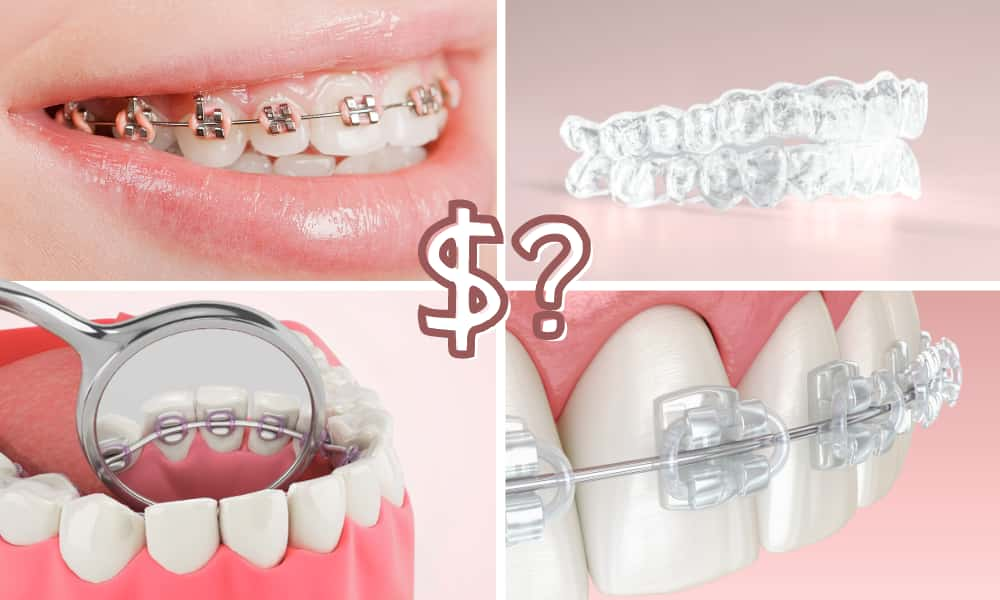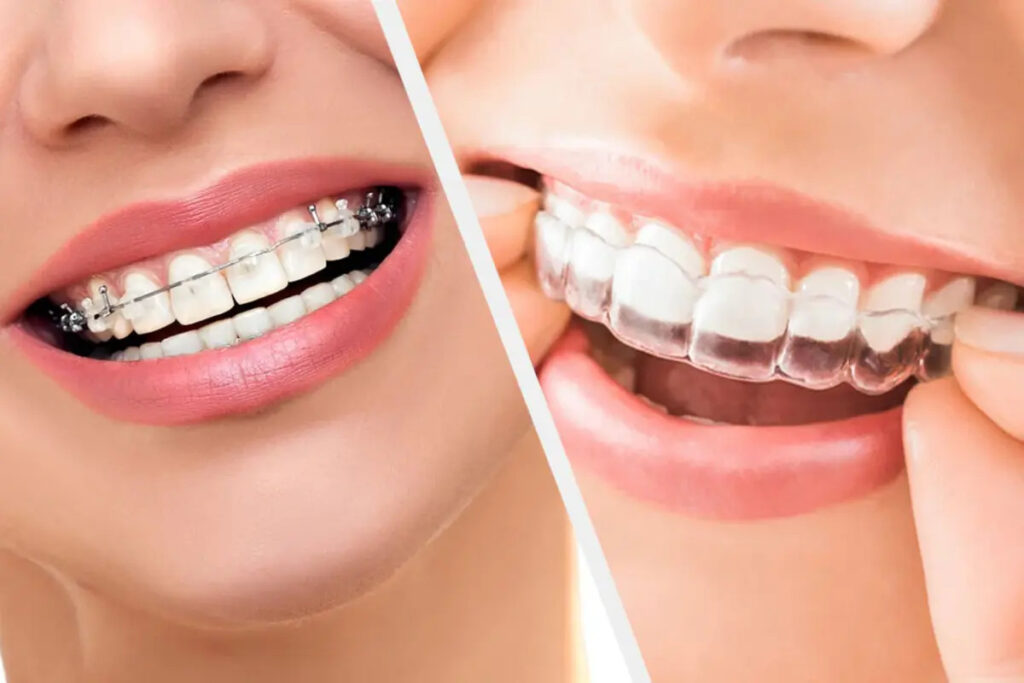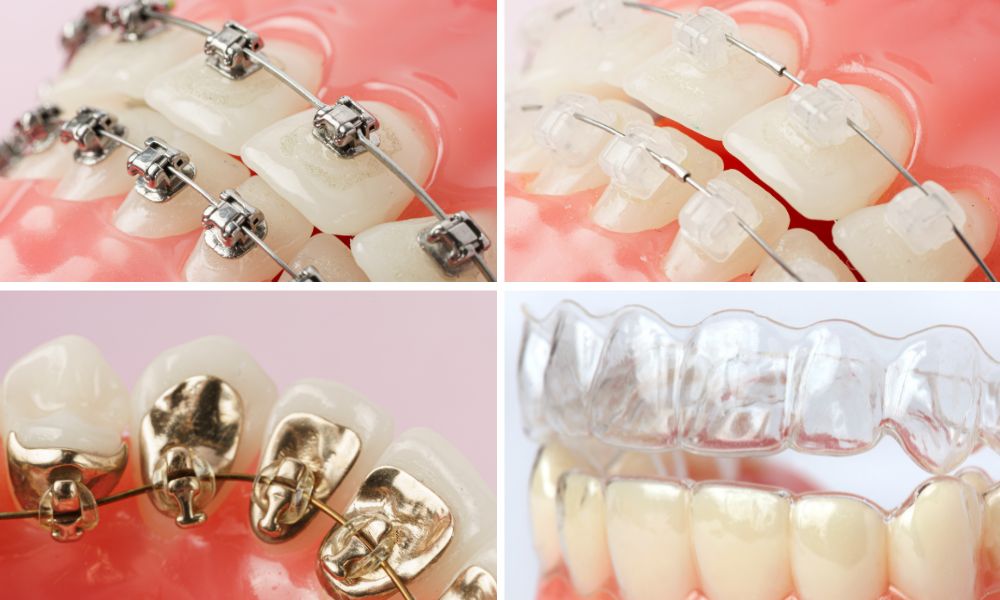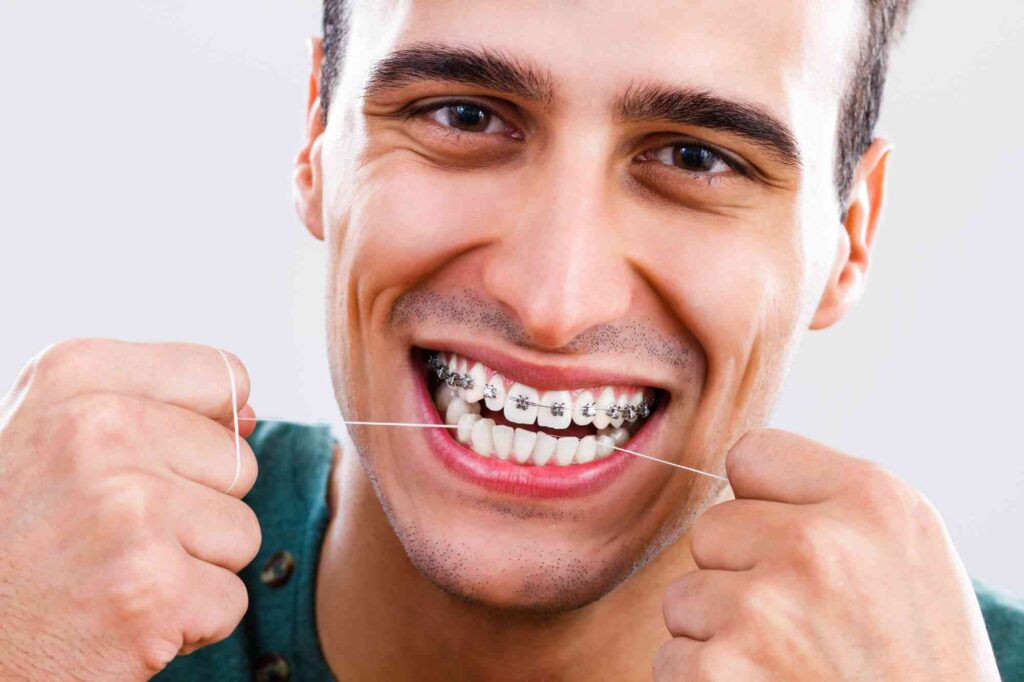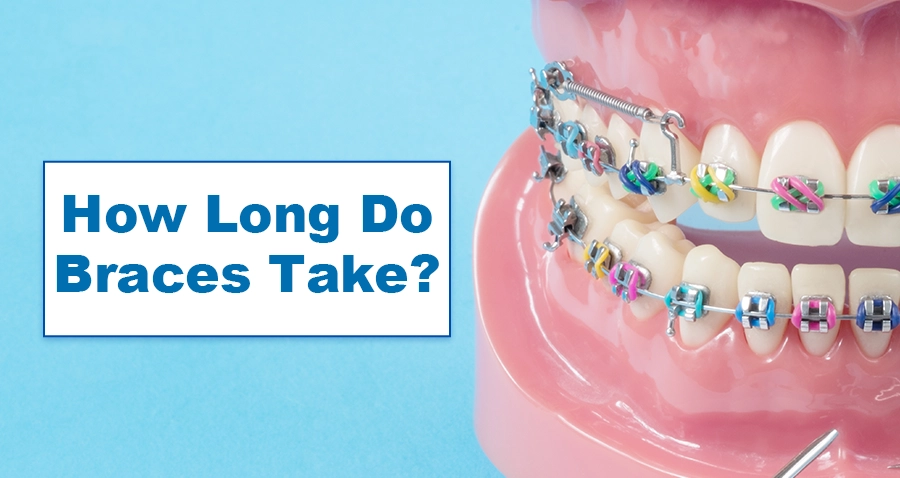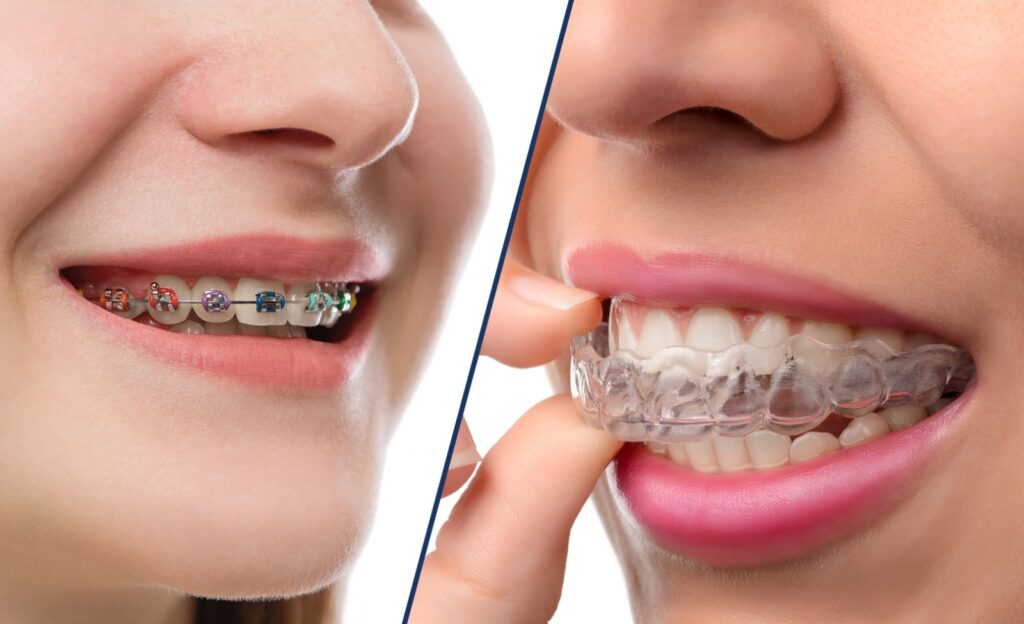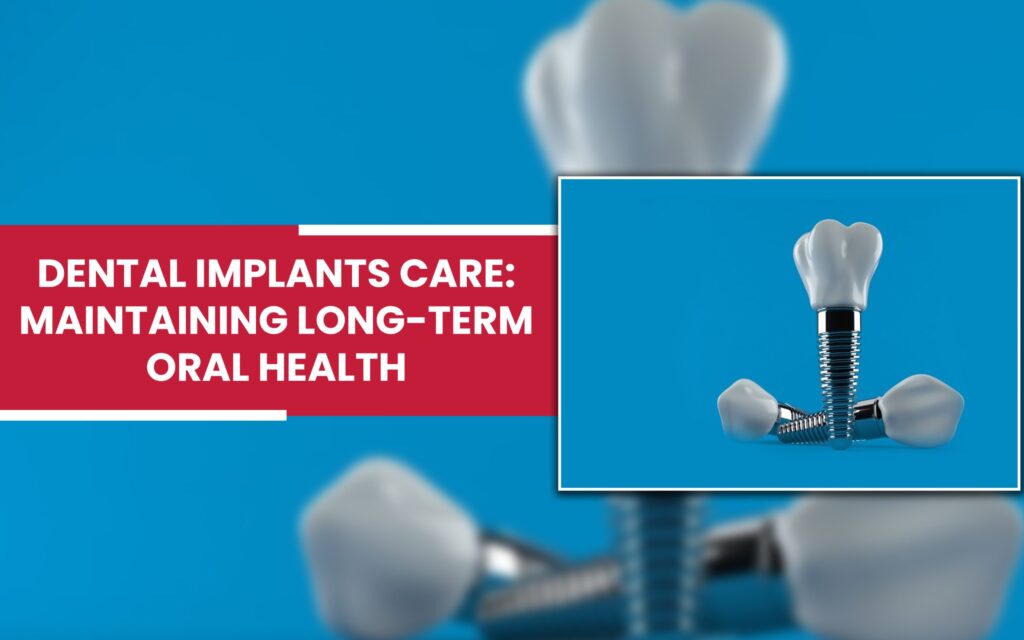The Cost of Braces in Lahore: Factors That Influence Pricing
Braces stand as the most successful orthodontic treatment to straighten teeth and get a perfect, healthy smile. If you are looking for braces treatment in Lahore, you are in the right place. Here, you can learn about the cost of braces in Lahore and the factors that influence pricing. There is no universal cost of braces in Lahore. It tends to vary according to various factors. They may include the complexity of the situation, type of braces, budget, etc. Thus, there is no one-size-fits-all cost plan. At Teeth and Smile Dental Clinic, Gulberg 3, Lahore, we offer customised braces treatment. Visit our dental clinic in Gulberg 3, Lahore, to get high-quality dental treatment in Lahore. For now, read about the average cost of braces in Lahore and the factors that influence pricing. What is The Average Cost of Braces In Lahore? Different dental clinics in Lahore charge different prices for braces treatment. On average, the cost of braces in Lahore starts from PKR 50,000 and goes up to PKR 350,000. The cost of braces varies according to the customization, complexity, budget, type, and much more. At Teeth and Smile Dental Clinic in Gulberg 3, Lahore, we offer flexible treatment plans in varying budgets. Do visit us to get your confident smile. Factors That Influence the Price of Braces Treatment There are various reasons why your dentist may charge higher or lower for your braces treatment. Since braces are not a one-size-fits-all treatment, the cost also varies depending on several factors like: Type of Braces The most common factor that affects the cost of braces in Lahore is the type of braces you choose. The most common types of braces are: Traditional Metal Braces: PKR 50,000 to PKR 150,000 Ceramic Braces: PKR 150,000 to PKR 200,000 Lingual Braces: PKR 200,000 to PKR 250,000 Clear Aligners, also known as Invisalign: PKR 250,000 to PKR 350,000 or more. All of these types work differently and have varying costs. After consulting all the pros and cons, you need to make a choice that decides the final cost of the braces. Treatment Complexity Every patient is special because the complexity of crookedness is different in each case. Some have slightly misaligned teeth, which can be fixed easily. However, some patients face severe crookedness, crowdedness, gaps and bite issues. To fix serious misalignment problems, braces treatment may take longer. Hence, the cost of braces in Lahore gets higher depending on the treatment complexity due to personalized treatment. Duration of Treatment The longer the treatment time, the higher the cost of braces in Lahore will be. The duration depends upon the type of braces you choose as well as the complexity of the condition. So, discuss your treatment plan to be sure of how much you are going to invest in your orthodontic treatment for a better smile. Dentist’s Experience A dentist’s experience ensures high-quality treatment. If you choose an experienced orthodontist, you are likely to pay higher for a fool-proof treatment. Moreover, highly experienced professionals are found in top-rated clinics with top-notch facilities. Thus, you get reliable results that are worth paying for. So, the experience of the dentist is highly crucial in the pricing. Clinic Location and Services The location of a dental clinic in Lahore affects the pricing of braces treatment. The clinics located in high-class areas like Gulberg, Johar Town, Defence, etc, have higher fees than those located in other areas. Moreover, clinics like Teeth and Smile Dental Clinic in Gulberg 3, Lahore, have high-quality facilities and services. They focus on modern technology for reliable treatment. So, the better the facilities, the higher the charges for braces treatment in Lahore. Follow-up Appointments With braces treatment, it is important to have regular checkups with your dentist. These regular checkups include maintenance, regular fixing, monthly adjustments, etc. Moreover, in case of any injury or emergency, patients have to run to the dentist. All of these count in the general cost of braces. With every follow-up appointment during braces and post braces reatiner period, the cost gets higher. Therefore, there are additional costs for which dentists charge separately. Thus, you should discuss all your plans in detail. Sum Up Braces are an effective orthodontic treatment to achieve a perfectly healthy and beautiful smile. The cost of braces in Lahore varies between PKR 50,000 and PKR 350,000. There are various factors that affect its pricing, like the type of braces, orthodontist experience, duration, location, and additional costs. Thus, you should clearly discuss all the health, orthodontic and payment details comprehensively to avoid any confusion. Looking for braces treatment in Lahore? Teeth and Smile Dental Clinic in Gulberg 3, Lahore, offers a variety of braces options for you. Pay your visit and get started on the journey to a confident and healthy smile with us. FAQs What is the lowest price for braces? The cost of braces in Lahore starts from as low as PKR 50,000 and goes up to PKR 350,000 and more. The cost varies according to personal preferences and other factors. Can we wear braces in Islam? Islamic teachings allow braces treatment to those who have severe misalignment, crookedness, and bite issues. Braces are prohibited merely for the purpose of beautification. Which age is best for braces? Braces are best for teenagers as well as adults who have lost all their baby teeth and have strong teeth and bones. How much do braces cost in Pakistan? On average, braces cost around PKR 50,000 to PKR 350,000 in Pakistan, depending on various factors. What determines braces’ cost? The cost of braces depends on various factors like the type of braces, treatment complexity, duration of treatment, additional costs, experience, and clinic location.

